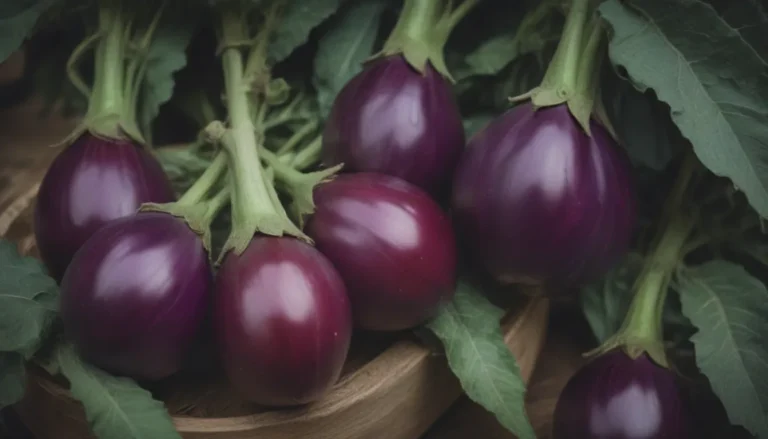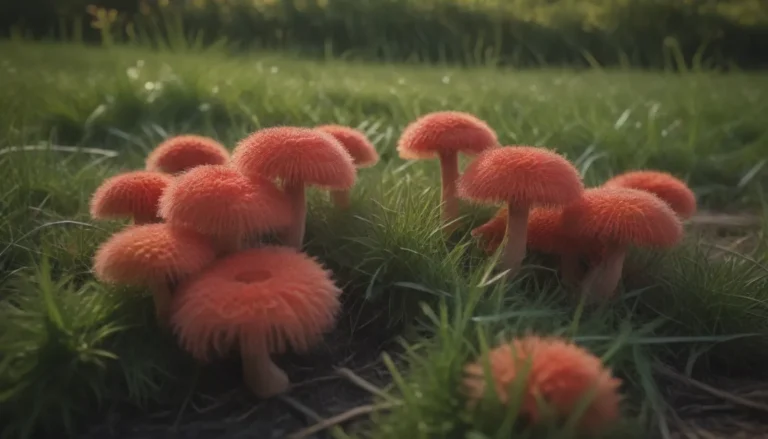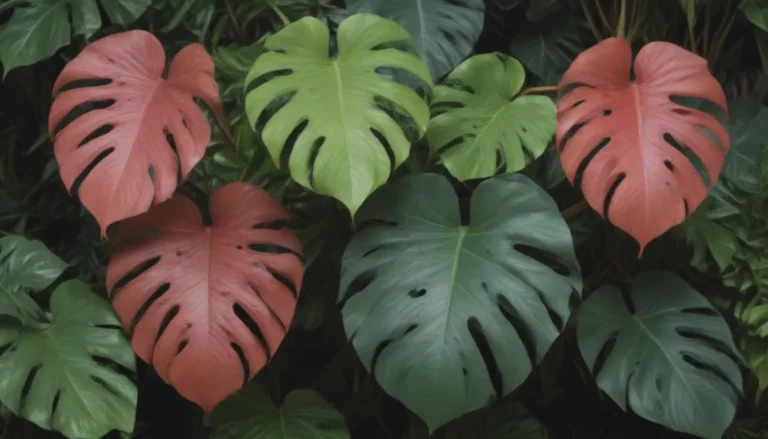The Ultimate Guide to Sphagnum Moss: Uses, Benefits, and Differences from Peat Moss

Are you a fan of gardening or crafting and looking for ways to improve your projects? Sphagnum moss might just be the answer you’re looking for! This versatile material is known for its ability to retain moisture and its fibrous nature, making it perfect for a variety of uses such as hanging baskets, terrariums, and art projects. But what exactly is sphagnum moss, and how does it differ from peat moss? Let’s dive into the world of these popular soil amendments and discover the best ways to use them in your gardening and crafting endeavors.
What is Sphagnum Moss?
Sphagnum moss is not your typical garden plant – it’s actually a horticultural product harvested from wetlands and bogs in the Northern Hemisphere. With 380 different species, sphagnum moss is a key ingredient in many gardening and crafting projects. While it may look similar to peat moss at first glance, sphagnum moss sets itself apart as a purely dried plant material without any added decayed matter. This makes it a great option for those looking for a more refined and pure soil amendment.
Sphagnum Moss vs. Peat Moss
While both sphagnum moss and peat moss come from the same genus of mosses, they are harvested and processed in different ways. Peat moss, also known as sphagnum peat moss, is obtained from the decayed plant material at the bottom of bogs and wetlands, making it rich in organic nutrients. On the other hand, sphagnum moss is collected from living moss on the surface and then dried, resulting in a more pure and unaltered product.
For general soil amendment purposes, peat moss is the preferred choice due to its lower cost and wider availability. Peat moss is ideal for improving soil structure, retaining moisture, and adjusting pH levels. The acidic nature of peat moss makes it a great option for acid-loving plants and for amending alkaline soils. On the other hand, sphagnum moss is best suited for specialty uses such as creating Kokedama planters, lining baskets, and starting seeds due to its higher cost and unique properties.
How to Use Sphagnum Moss
Sphagnum moss is a versatile material that can be used in a variety of ways to enhance your gardening and crafting projects. Whether you’re a succulent lover, an orchid enthusiast, or a terrarium gardener, sphagnum moss has something to offer. Here are some popular ways to use sphagnum moss:
- As a Soilless Potting Medium: Use sphagnum moss to grow succulents and orchids indoors. Its light and moisture-retaining properties make it an ideal choice for plants that thrive in well-drained soil.
- As a Liner or Form Builder: The soft and pliable nature of sphagnum moss makes it perfect for lining hanging baskets or creating decorative floral displays.
- For Decorative Purposes: Enhance the visual appeal of your container plantings by incorporating sphagnum moss. It not only adds a decorative touch but also helps retain moisture in the soil.
Quality and Sustainability of Sphagnum Moss
When it comes to sustainability, sphagnum moss is considered to be a more environmentally friendly option compared to peat moss. Peat moss can take centuries to develop and regenerate, whereas sphagnum moss is ready for harvest in a much shorter period. To ensure you’re using sustainably sourced sphagnum moss, look for reputable suppliers with a commitment to environmental conservation.
In conclusion, sphagnum moss is a valuable addition to any gardener or crafter’s toolkit. Its unique properties make it a versatile and sustainable alternative to peat moss for a range of projects. So next time you’re looking to add a decorative or functional element to your gardening endeavors, consider incorporating sphagnum moss for a touch of natural beauty and practicality.





